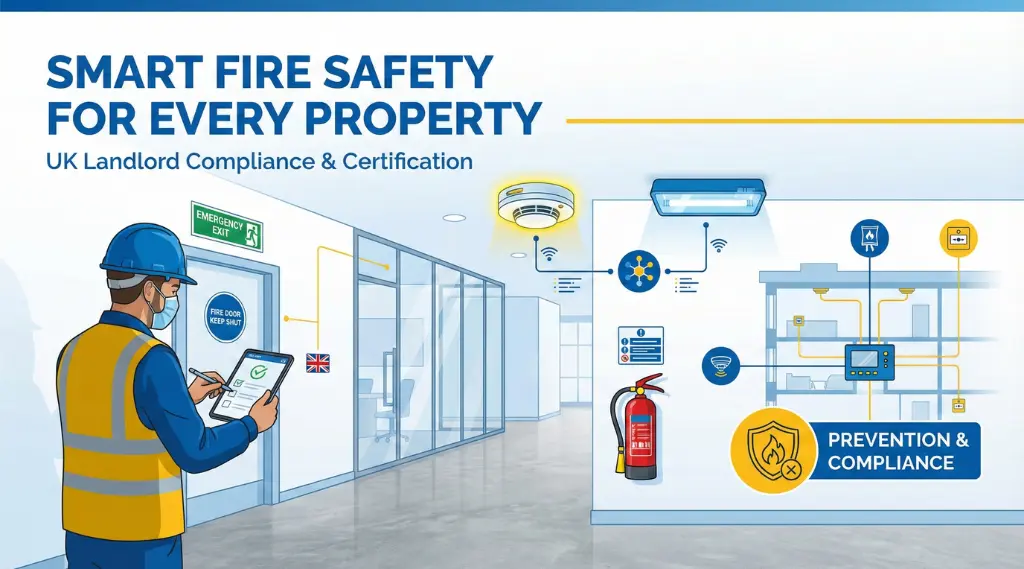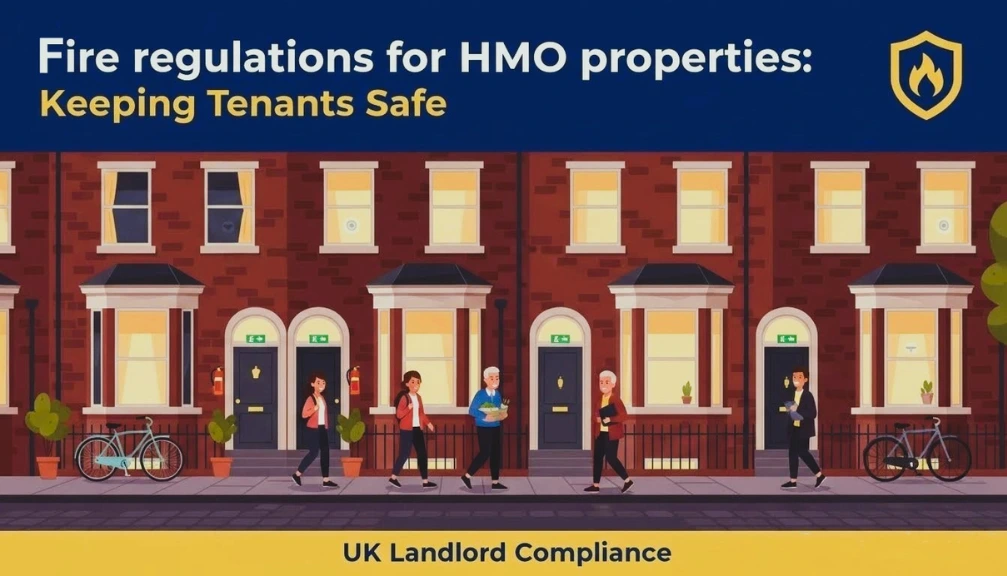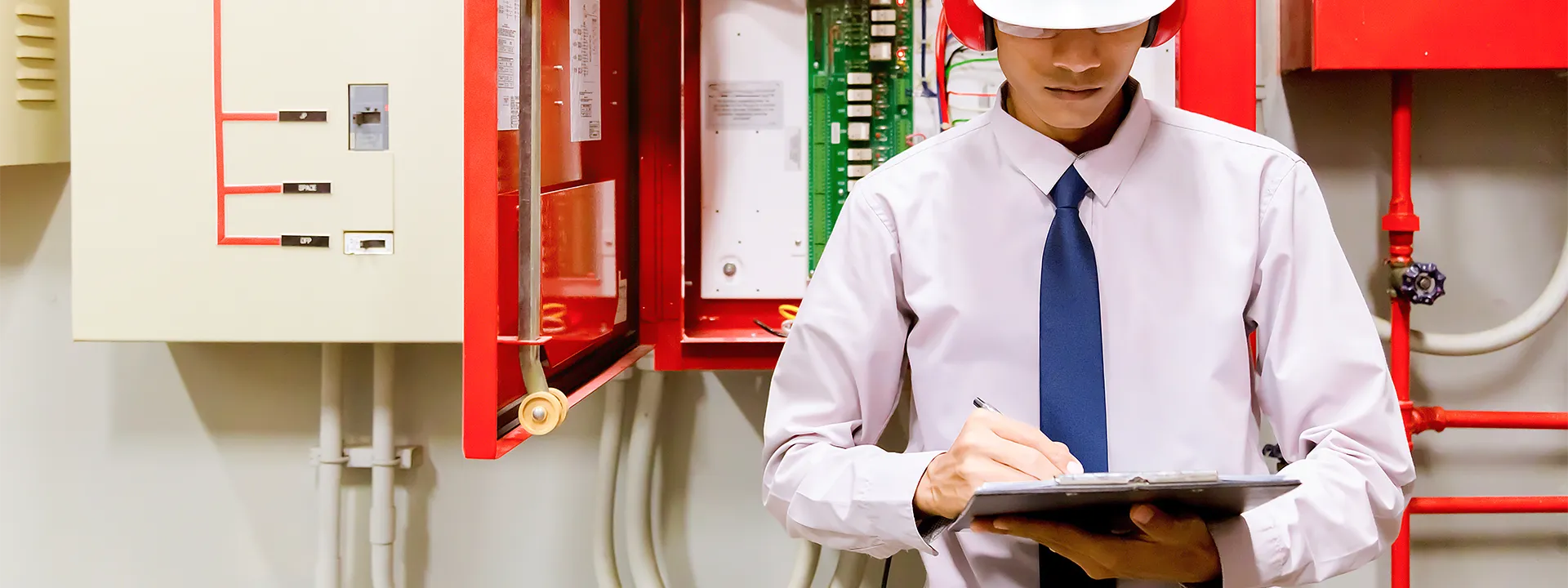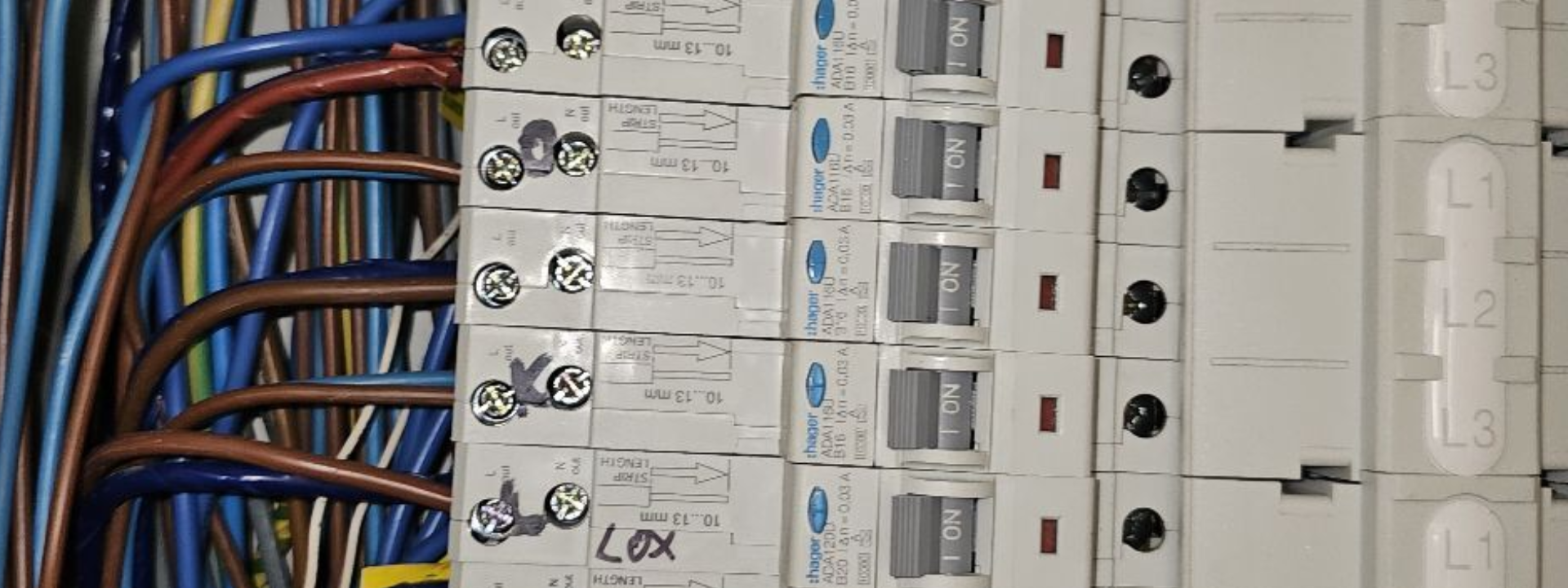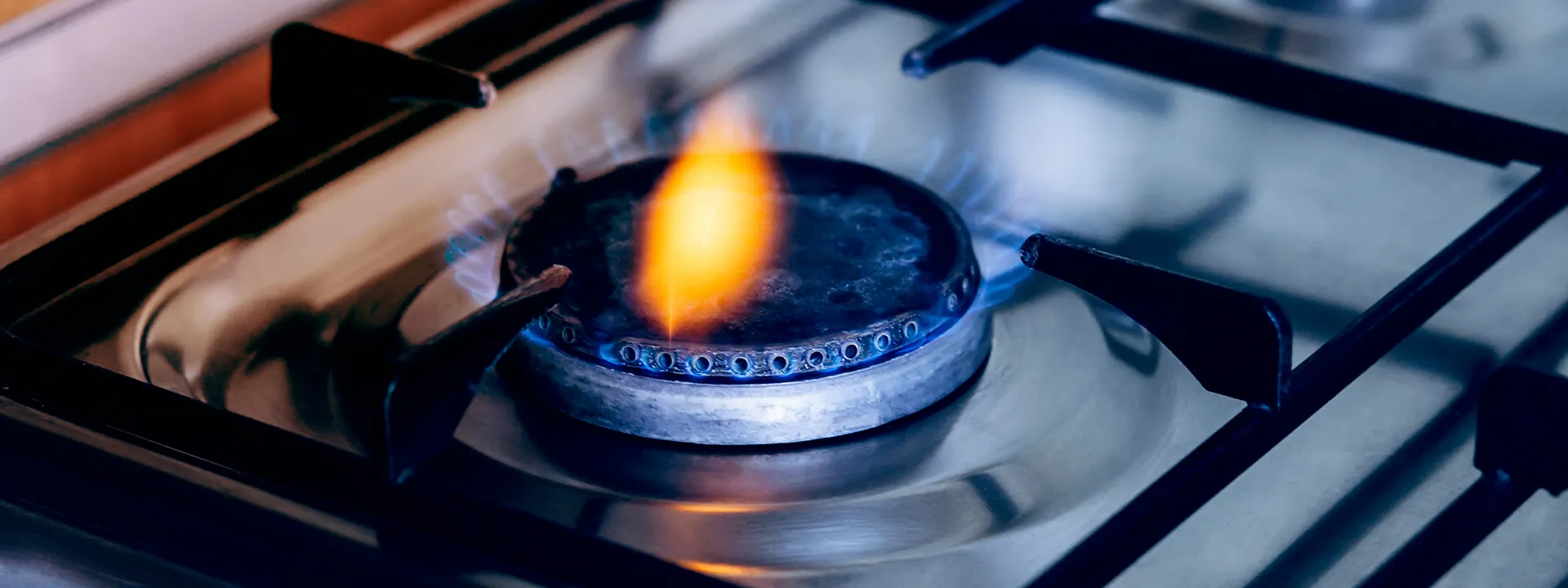Fire safety is a paramount concern for any establishment, whether it’s a commercial building, industrial facility, or residential property. Conducting a thorough fire risk assessment is crucial for identifying potential hazards and implementing effective mitigation strategies.
In this comprehensive guide, we will delve into the five main components of a fire risk assessment, providing insights into their importance and practical implementation.
Benefits of Fire Risk Assessment
Fire risk assessments offer several benefits:

Prevention of Fires
By identifying and addressing potential fire hazards and risks, fire risk assessments help prevent fires from occurring in the first place. This proactive approach can significantly reduce the likelihood of fire-related incidents.
Protection of Life and Property
Assessing fire risks helps ensure the safety of occupants, visitors, and employees by implementing appropriate fire safety measures. This protection extends not only to human life but also to property, reducing the risk of damage or destruction caused by fires.
Legal Compliance
In many jurisdictions, conducting fire risk assessments is a legal requirement for certain types of premises. Compliance with fire safety regulations and standards is essential to avoid penalties, fines, or legal liabilities.
Insurance Requirements
Insurance companies often require property owners to conduct fire risk assessments as part of their risk management protocols. Compliance with these requirements may result in lower insurance premiums or better coverage terms.
Reduction of Business Disruption
Fires can cause significant disruption to business operations, leading to downtime, loss of revenue, and damage to reputation. By identifying and mitigating fire risks, assessments help minimize the potential impact of fires on business continuity.
Cost Savings
Investing in fire risk assessments and implementing recommended safety measures may require upfront costs. However, these expenses are typically outweighed by the potential savings associated with preventing fires, reducing property damage, and avoiding costly legal consequences or insurance claims.
Improved Emergency Preparedness
Fire risk assessments often include the development or review of emergency evacuation plans and procedures. This improves the readiness of occupants and employees to respond effectively in the event of a fire, potentially saving lives and minimizing injuries.
Enhanced Reputation
Demonstrating a commitment to fire safety through regular risk assessments and proactive measures can enhance the reputation of a business or organization. This can be particularly important for attracting customers, clients, or tenants who prioritize safety and security.
Learn more about the benefits of using a trusted partner for safety certificates
5 Main Components Of A Fire Risk Assessment In London
London, like any major city, has its own fire safety regulations. A fire risk assessment ensures your building meets these standards and identifies potential problems. Here’s a breakdown of the key steps:
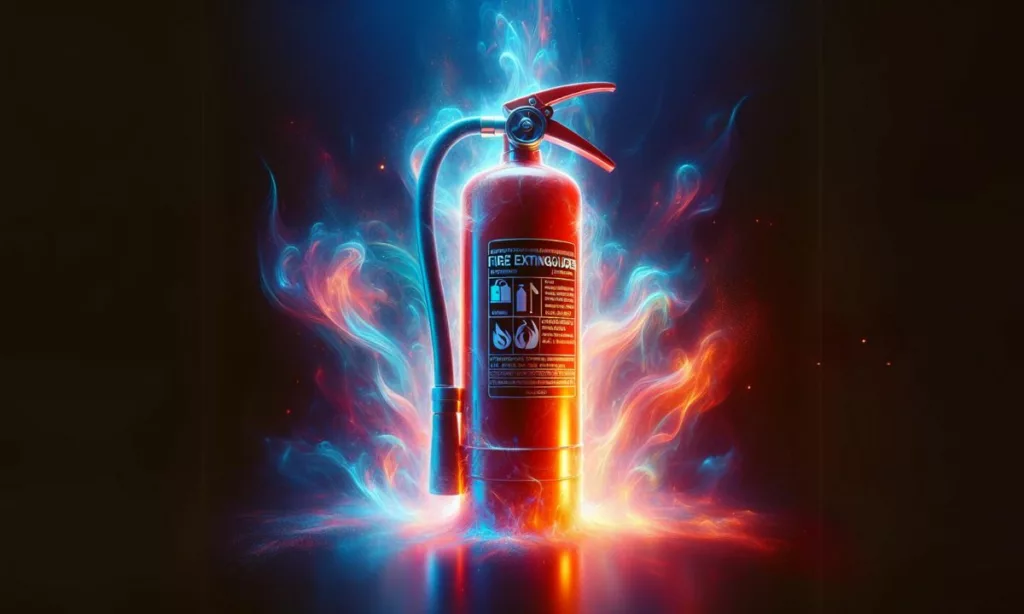
Identification of Fire Hazards
The cornerstone of any fire risk assessment is the identification of potential fire hazards within the premises. These hazards can manifest in various forms, including electrical equipment, heating systems, flammable liquids, combustible materials, and ignition sources such as open flames or smoking areas. Conducting a systematic inspection of the premises is essential to identify all potential hazards accurately. This process involves examining every aspect of the property, from the layout of the building to the equipment and materials stored within it.
Additionally, historical data on past fire incidents or near-misses can provide valuable insights into potential hazards that may exist. Documenting identified hazards is critical for creating a comprehensive risk assessment report, which forms the foundation for further risk mitigation efforts.
Evaluation of Fire Risk
Once the fire hazards have been identified, the next step is to assess the level of risk associated with each hazard. Risk assessment involves analyzing various factors, including the likelihood of a fire occurring and the potential consequences if a fire were to occur. This evaluation helps prioritize mitigation efforts and allocate resources effectively. Risk assessment methodologies may vary depending on the complexity of the premises and the nature of the hazards present.
Common approaches include using risk matrices, scoring systems, or qualitative assessments to categorize hazards based on their severity and likelihood of occurrence. By assigning risk ratings to each hazard, organizations can focus their attention on addressing high-risk areas first while also ensuring that lower-risk hazards are adequately managed.
Implementation of Control Measures
With the fire risks identified and evaluated, the next component of a fire risk assessment involves implementing control measures to mitigate the identified hazards. Control measures aim to reduce the likelihood of a fire occurring and minimize its potential impact if it does occur.
These measures may include installing fire detection and suppression systems, implementing safe storage practices for flammable materials, conducting regular maintenance of electrical systems, and establishing emergency evacuation procedures. It is essential to ensure that control measures are practical, feasible, and compliant with relevant regulations and standards.
Regular monitoring and enforcement of control measures are also crucial to maintaining effective fire safety protocols and ensuring their continued effectiveness over time.
Emergency Planning and Preparedness
Effective emergency planning is a critical component of fire risk assessment. Emergency planning involves developing comprehensive response plans to address fire incidents swiftly and efficiently. This includes establishing evacuation procedures, identifying assembly points, designating responsibilities for emergency responders, and implementing communication protocols.
Regular training and drills should be conducted to ensure that all occupants are familiar with the emergency procedures and can respond effectively in the event of a fire. Additionally, emergency planning should consider the needs of vulnerable individuals, such as the elderly or individuals with disabilities, to ensure their safety during evacuations.
Review and Continuous Improvement
The final component of a fire risk assessment is the ongoing review and continuous improvement of fire safety measures. Fire risks within a premises may evolve over time due to changes in occupancy, processes, or regulations. Therefore, it is essential to periodically review fire risk assessments to reflect any changes and ensure that control measures remain effective.
Continuous improvement efforts aim to enhance the overall fire safety of the premises and minimize the likelihood and impact of fire incidents. This process may involve conducting regular audits, soliciting feedback from occupants, and staying abreast of emerging fire safety technologies and best practices.
Conclusion
In conclusion, conducting a thorough fire risk assessment is essential for safeguarding lives and properties against the devastating consequences of fires.
By understanding and implementing the five main components of a fire risk assessment – identification of fire hazards, evaluation of fire risk, implementation of control measures, emergency planning and preparedness, and review and continuous improvement – organizations can significantly enhance their fire safety measures and protect against potential fire incidents. If you are looking for Fire Risk Assessment In London, contact All Landlord Certificates LTD (ALC).
Remember, fire safety is a shared responsibility, and proactive measures can make a significant difference in preventing and mitigating fire incidents.

